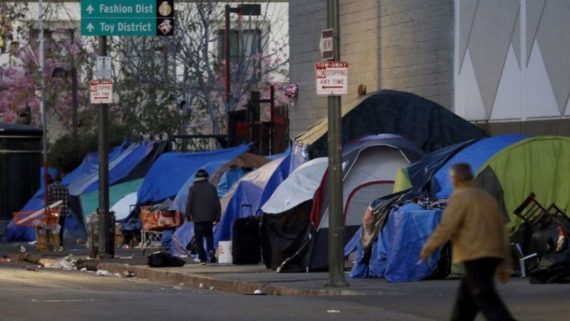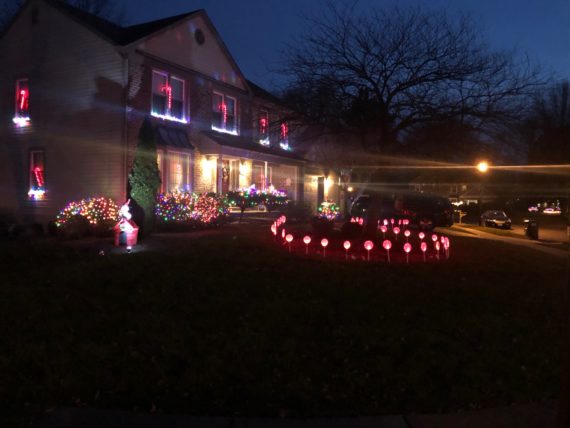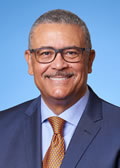Watch this 2 and a 1/2 minute documentary trailer about Linda and Joan. Courtesy Todd and Jedd Wider, and Brian Ariotti.
(1-2-20) Happy New Year!
First, a clarification. My recent post about a White House mental summit by the Trump Administration drew a complaint from a reader because I mentioned that neither President Obama nor his cabinet members had attended a 2008 White House mental health conference, at which I spoke. The reader reminded me that President Obama had attended an earlier summit in 2013 on mental health, that I did not attend, along with several cabinet members. The reader explained that my most recent blog suggested that President Obama had not shown personal concern for mental health reform, which is not accurate. After all, it was President Obama, who during the final days of his administration, signed the most significant mental health bill in recent memory into law. I apologize for the mischaracterization.
Remembering Linda Bishop and her final days of madness
From My Files: A seriously mentally ill woman denies that she is sick and after a year of refusing treatment is released from a state hospital.
She gives discharge officials a fake address, walks a few miles from the hospital and breaks into an unoccupied farm that is for sale. Afraid to venture out, she survives by eating crab apples from the backyard while writing her thoughts in a diary, chronicling her own starvation until she becomes so weak she can no longer write.
I first heard this incredibly sad story in 2008 from the woman’s sister, Joan Bishop, who was outraged because the hospital had discharged her sister, Linda, a year earlier knowing she was seriously ill without notifying anyone because of HIPAA privacy rules. Joan showed me a local newspaper article that contained portions of Linda’s diary. She let me read parts of Linda’s diary.
I posted two blogs about what happened to Linda. Two years later, Rachel Aviv, wrote a stunning account published by The New Yorker about Linda’s death under the title: GOD KNOWS WHERE I AM. In 2017, documentary film makers Todd and Jedd Wider, and Brian Ariotti turned Aviv’s account into a powerful documentary under the same name as the article.
I am revisiting Linda’s story today to remind all of us at the beginning of this new year that many of the challenges Linda faced in 2007 remain unresolved. Our New Year Resolution should be to get our politicians to stop such senseless deaths.
She recorded her fears in her diary while waiting for help
Linda, developed a severe mental illness when she was in her 40s, which is later than most.






